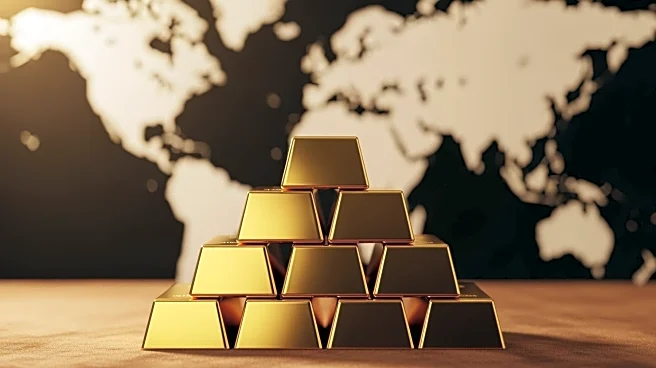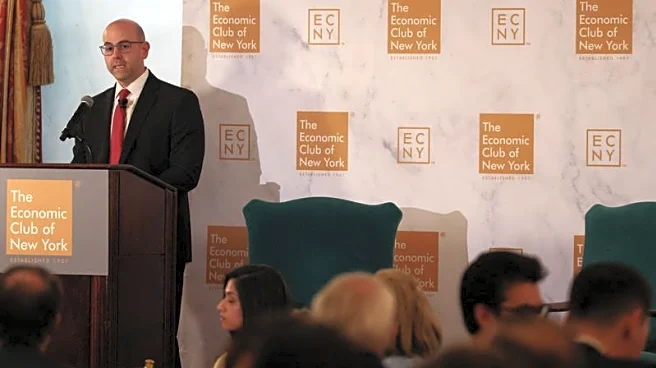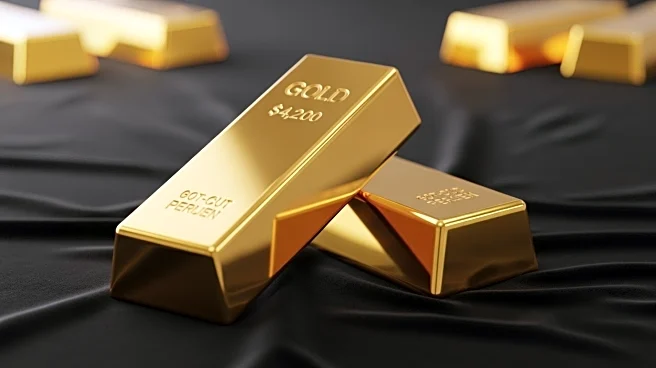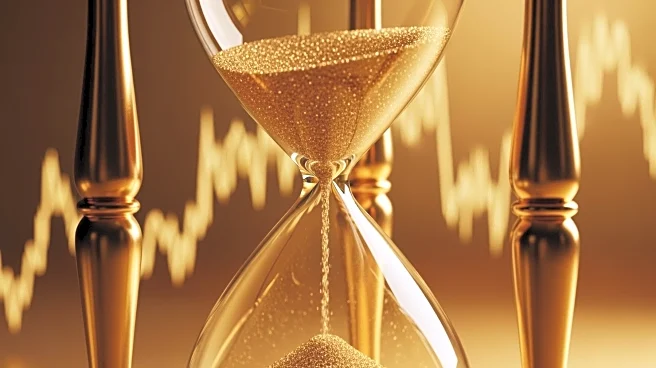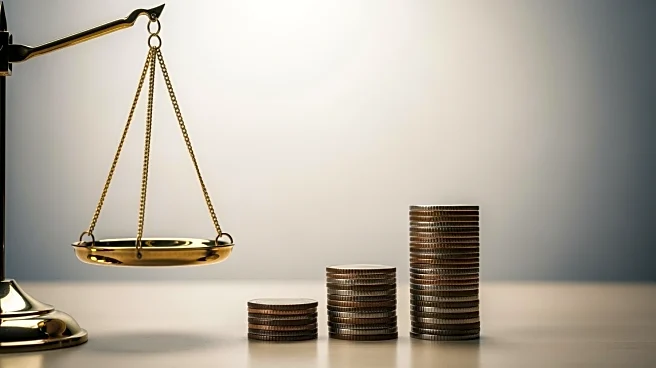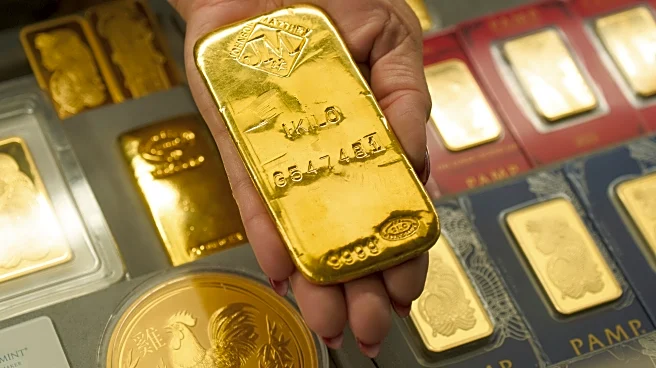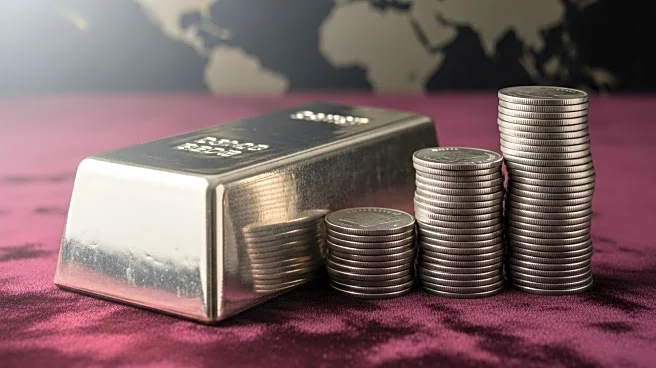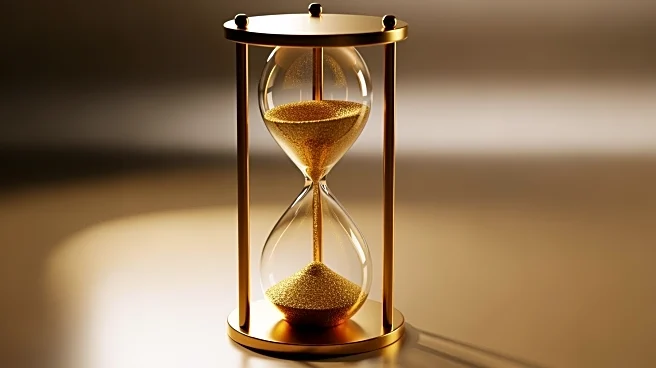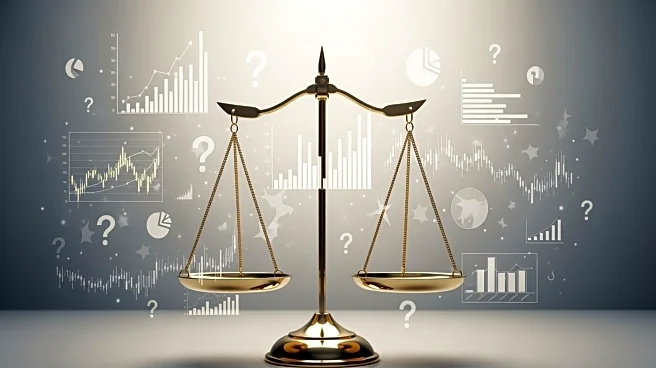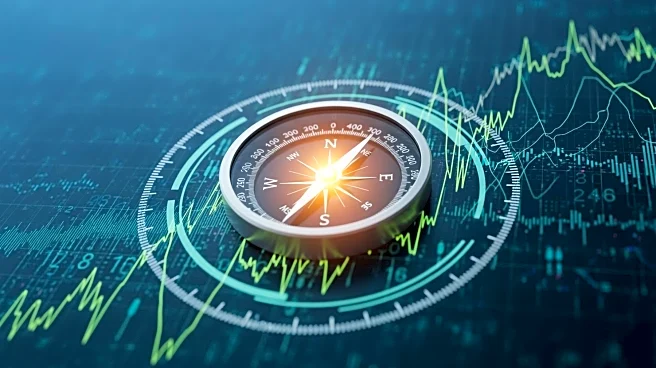What's Happening?
Silver prices have surged to unprecedented levels, reaching approximately $54.50 per ounce before settling around $51-$52. This marks a significant increase of about 70% year-to-date. The rise is attributed to a combination of geopolitical tensions, inflation
fears, and expectations of further interest rate cuts by the U.S. Federal Reserve. The Fed's recent 25 basis-point cut in September, with more cuts anticipated, has contributed to a weaker dollar and lower real interest rates, making non-yielding assets like silver more attractive. Additionally, strong industrial demand and tight supply have further fueled the rally.
Why It's Important?
The surge in silver prices reflects broader economic and geopolitical dynamics, impacting various stakeholders. Investors in silver and related assets, such as ETFs and mining stocks, have seen significant gains. The rally underscores the role of precious metals as safe-haven assets amid economic uncertainty. For industries reliant on silver, such as electronics and solar energy, the price increase could lead to higher production costs. The Federal Reserve's monetary policy decisions continue to influence market conditions, affecting both domestic and international economic landscapes.
What's Next?
Market analysts predict continued volatility around the $50 mark for silver. While some expect short-term fluctuations, the long-term outlook remains positive if current economic conditions persist. The Federal Reserve's upcoming decisions on interest rates will be closely watched, as further cuts could sustain the upward momentum in silver prices. Investors and industries will need to navigate potential price swings, balancing the benefits of high silver prices against the risks of market corrections.
Beyond the Headlines
The silver rally highlights the complex interplay between monetary policy, geopolitical tensions, and industrial demand. It raises questions about the sustainability of current economic strategies and the potential for long-term shifts in investment patterns. The situation also underscores the importance of diversification in investment portfolios, as traditional safe-haven assets like silver and gold gain prominence amid global uncertainties.


